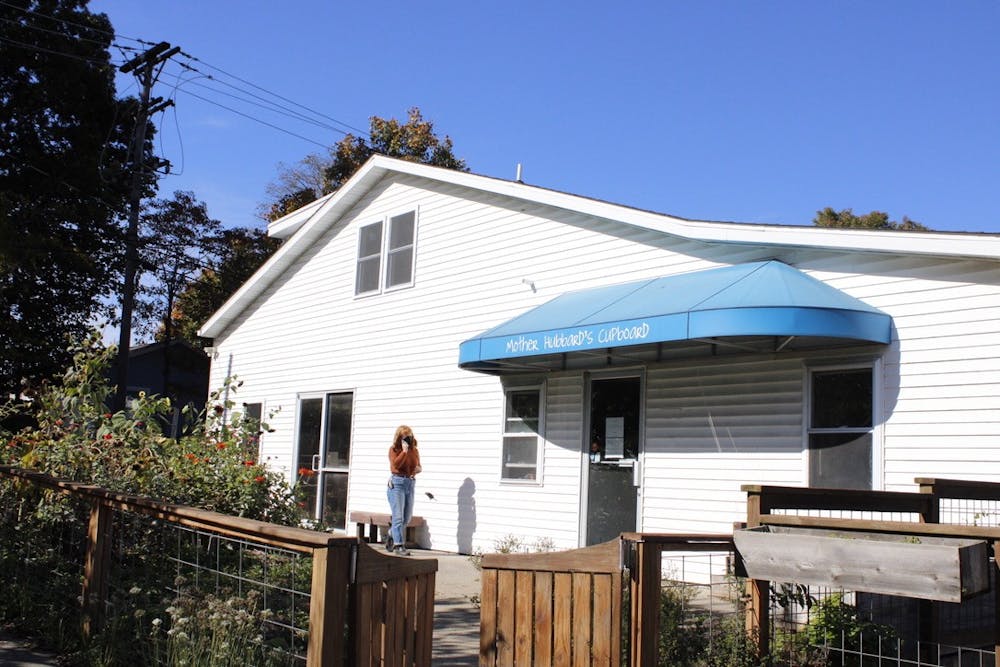I’m writing from Mother Hubbard’s Cupboard, a community food resource center working to improve access to healthy food while cultivating dignity, agency and community. I joined the Hub a year ago, as we were wondering what moving beyond the immediate, visible crisis of the COVID-19 pandemic would look like.
The past two years, which brought community care and public health to the top of our minds, were an uncomfortable period of strong financial support for many nonprofits. There were new funding opportunities from multiple levels of government. Grantors created less restricted opportunities to ensure there were no gaps in services. Individuals donated at higher levels, feeling the pull of community more strongly.
Now, as we increasingly hear present times referred to as “post-COVID-19,” these streams of generosity and governmental support have ended. Our student loan payments will resume. Households enrolled in Supplemental Nutrition Assistance Program have seen a reduction in monthly benefits as COVID-19-related support ends. Universal free lunch for all school children, a pandemic support program, has ended. Meanwhile, the cost of groceries rises.
In the pantry, this means we receive several questions with increasing frequency:
Will there be another delivery today? Patrons are very aware of our scheduled deliveries of food from Hoosier Hills Food Bank and how diverse their contents can be. Our partners at the food bank are doing their best to fill delivery trucks, but barriers in the supply chain and increasing food prices are resulting in fewer shipments. Patrons especially notice the reduction in more expensive grocery staples like milk, eggs and meat.
Is there more in the back? The answer here is often simple: No. There are not items that we are holding in the warehouse and not stocking. We are doing our best to keep shelves stocked, but there are fewer items to stock. Stock also moves more quickly as we see an increasing number of patrons each month.
How often can I shop? Our most recent effort at maintaining a low-barrier pantry was removing a restriction asking households to shop once a week. What arrives at our pantry on Tuesday can look different than what arrives on Thursday. When stock is limited, visiting both days helps piece together a range of groceries that gets meals on the table.
Who else is open? Whether they need access to a pantry on a particular day, at a particular time or in a particular area of town, patrons have often used multiple agencies to meet their needs. Now, patrons are also curious about how our stock may be the same or different from other agencies so they can find all the items they need. At the same time, requests for bus passes, gas cards and delivery rise. Households need more trips to more places, spending more time and money for transportation, to attain sufficient support.
Seeing the labor required for our community members to prevent meal gaps raises even more questions for me. As an organization, how do we adapt to what’s next and find the funds and resources we need to meet our community where they are? And how will our government respond to this newest crisis in the emergency food system?
The federal government is poised to pass another farm bill in 2023, which will hold much of the policy governing how food moves into communities. Will we learn from COVID-19 and solidify pandemic supports into standard practice? Will those of us who have the means advocate for these extra supports?
Locally, can we rally to bring universal free lunches to our schools and prevent meal gaps for our kids? Can we invest in low-barrier funding to get gas cards and bus passes distributed through our community, easing some of the work load for folks? Can we hold onto community care even when a pandemic isn’t making the need for it so visible? Will we keep showing up?






